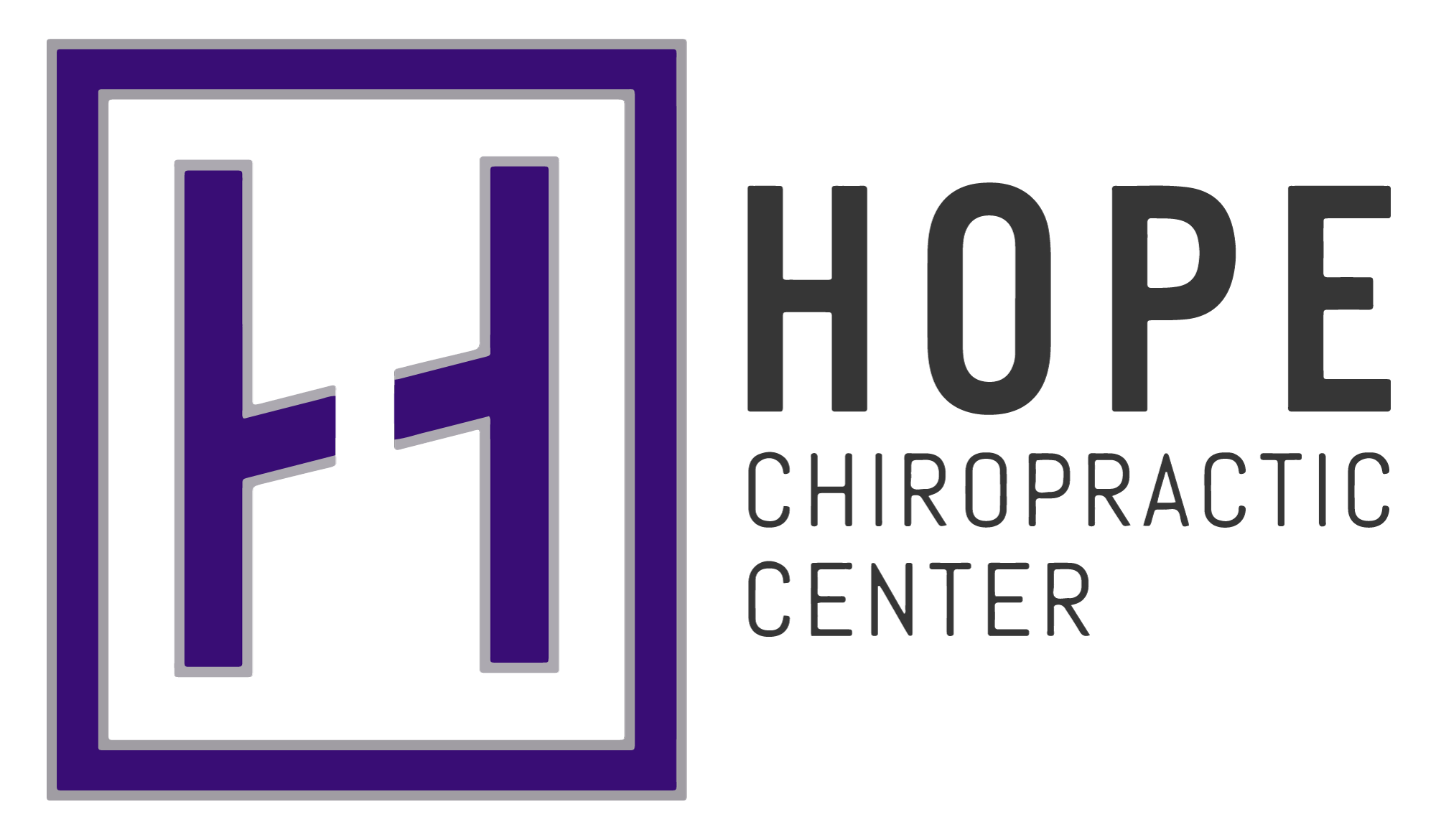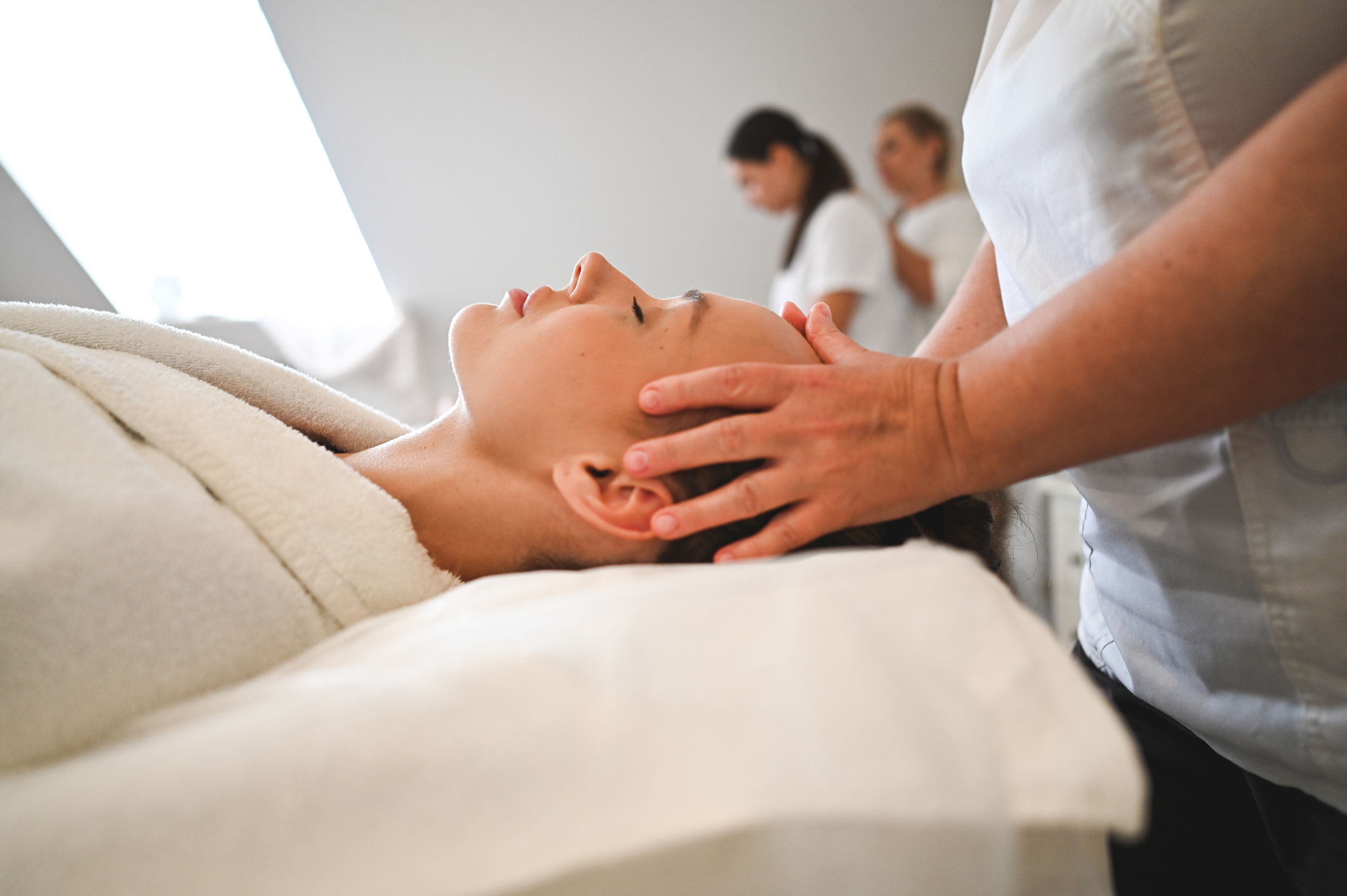
A concussion is a type of traumatic brain injury (TBI) that occurs when a blow or jolt to the head disrupts normal brain function. While most concussions resolve within a few weeks, some individuals experience lingering symptoms, known as post-concussion syndrome, that affect daily life.
These symptoms can include headaches, dizziness, brain fog, memory issues, and sensitivity to light or noise.
Traditional treatments for concussion recovery often involve rest and symptom management, but upper cervical chiropractic care offers a natural, non-invasive approach that supports the body’s healing process.
Dr. Joey Kramer of Hope Chiropractic in Southlake, Texas, explains how aligning the upper cervical spine may aid in concussion recovery for residents in Southlake, Grapevine, Colleyville, Westlake, and Trophy Club.
Understanding the Effects of a Concussion
A concussion occurs when sudden force causes the brain to move rapidly within the skull, potentially leading to:
- Inflammation and swelling in the brain
- Disruption of nerve communication between the brain and body
- Changes in blood flow affecting oxygen and nutrient delivery
- Neck and spinal misalignments, particularly in the upper cervical region
Common post-concussion symptoms include:
- Persistent headaches and migraines
- Dizziness, lightheadedness, or loss of balance
- Difficulty concentrating, brain fog, or mental fatigue
- Increased anxiety, depression, or mood swings
- Sensitivity to light and sound
- Neck pain and stiffness
Since the brain and nervous system play key roles in healing, ensuring proper spinal alignment may support a more efficient recovery.
The Role of the Upper Cervical Spine in Concussion Recovery
The upper cervical spine, consisting of the atlas (C1) and axis (C2) vertebrae, is located at the base of the skull and provides stability to the head and neck. This region is also home to the brainstem, which controls critical functions like heart rate, respiration, and coordination.
A concussion can cause misalignments in the upper cervical spine, leading to:
- Brainstem dysfunction – Pressure on the brainstem may disrupt neurological communication, worsening concussion symptoms.
- Restricted cerebrospinal fluid (CSF) flow – CSF removes waste from the brain, and misalignment can inhibit drainage, leading to increased pressure and prolonged symptoms.
- Reduced blood circulation – Proper spinal alignment supports blood flow to the brain, delivering oxygen and nutrients essential for healing.
- Neck muscle tension and pain – Post-concussion headaches may be worsened by cervical spine instability, contributing to chronic pain.
By realigning the upper cervical spine, chiropractic care may help improve brain function and promote recovery following a concussion.
How Upper Cervical Chiropractic Care Aids in Healing
Upper cervical chiropractic care focuses on correcting misalignments in the atlas and axis vertebrae, allowing the nervous system to function optimally.
Rather than merely addressing symptoms, this approach seeks to:
- Restore proper nerve communication between the brain and body
- Reduce inflammation and swelling in the brain and spine
- Improve blood and cerebrospinal fluid circulation for enhanced healing
- Support vestibular function, which is essential for balance and dizziness relief
Research has shown that many post-concussion symptoms, including headaches, dizziness, and cognitive issues, may be exacerbated by upper cervical misalignments. By restoring alignment, the body can regain its natural ability to self-heal and regulate neurological function.
Potential Benefits of Upper Cervical Adjustments After a Concussion

Many patients recovering from concussions report improvements after upper cervical chiropractic adjustments, including:
- Reduction in headaches and migraines – Relieving spinal pressure often decreases chronic headaches associated with post-concussion syndrome.
- Less dizziness and balance issues – Proper alignment supports vestibular function, reducing vertigo and instability.
- Clearer thinking and improved focus – Restoring nervous system function may help alleviate brain fog and cognitive fatigue.
- Better sleep quality – Many concussion patients struggle with insomnia or fragmented sleep, which can improve with spinal correction.
- Faster recovery and symptom relief – By addressing the root cause of nervous system dysfunction, upper cervical chiropractic may promote a more efficient healing process.
What to Expect from Chiropractic Care for Concussion Recovery
Patients recovering from concussions will undergo a detailed assessment before treatment, including:
- Comprehensive neurological and spinal evaluation
- Advanced imaging (X-rays or CBCT scans) to assess cervical spine alignment
- Gentle, customized adjustments focused on restoring balance in the atlas and axis vertebrae
Unlike traditional chiropractic adjustments, upper cervical care does not involve twisting or forceful movements. Instead, chiropractors use precise, light-force techniques to encourage natural realignment and healing.
Recovery time varies based on the severity of the concussion, but many patients notice significant symptom improvement after a few sessions.
Hope Chiropractic: Supporting Your Post-Concussion Healing Journey
At Hope Chiropractic, Dr. Joey Kramer and his team are committed to providing natural, non-invasive care to support neurological recovery following a concussion. By focusing on spinal alignment and nervous system function, upper cervical chiropractic care aims to enhance healing, reduce symptoms, and improve quality of life.
If you or a loved one is recovering from a concussion and experiencing lingering symptoms, consider upper cervical chiropractic as a potential solution. Contact Dr. Joey Kramer at Hope Chiropractic, serving Southlake, Grapevine, Colleyville, Westlake, and Trophy Club, to learn more about this approach and schedule a consultation.
Medical Disclaimer
This article is for informational purposes only and is not intended as a substitute for professional medical advice, diagnosis, or treatment. Always seek the advice of your physician or other qualified healthcare provider with any questions you may have regarding a medical condition.
Never disregard professional medical advice or delay in seeking it because of something you have read here.


